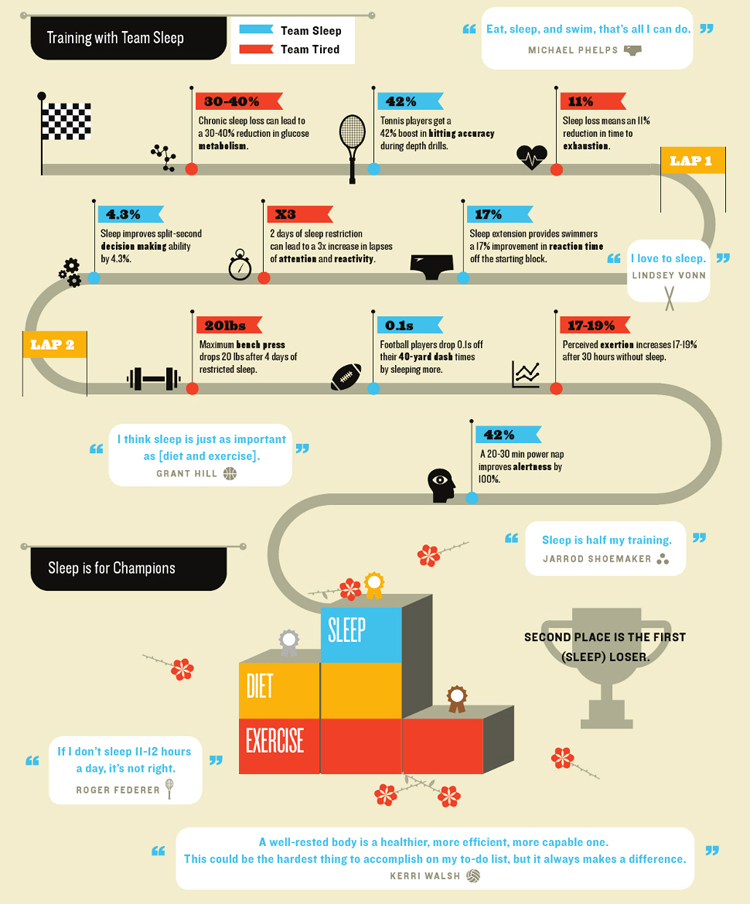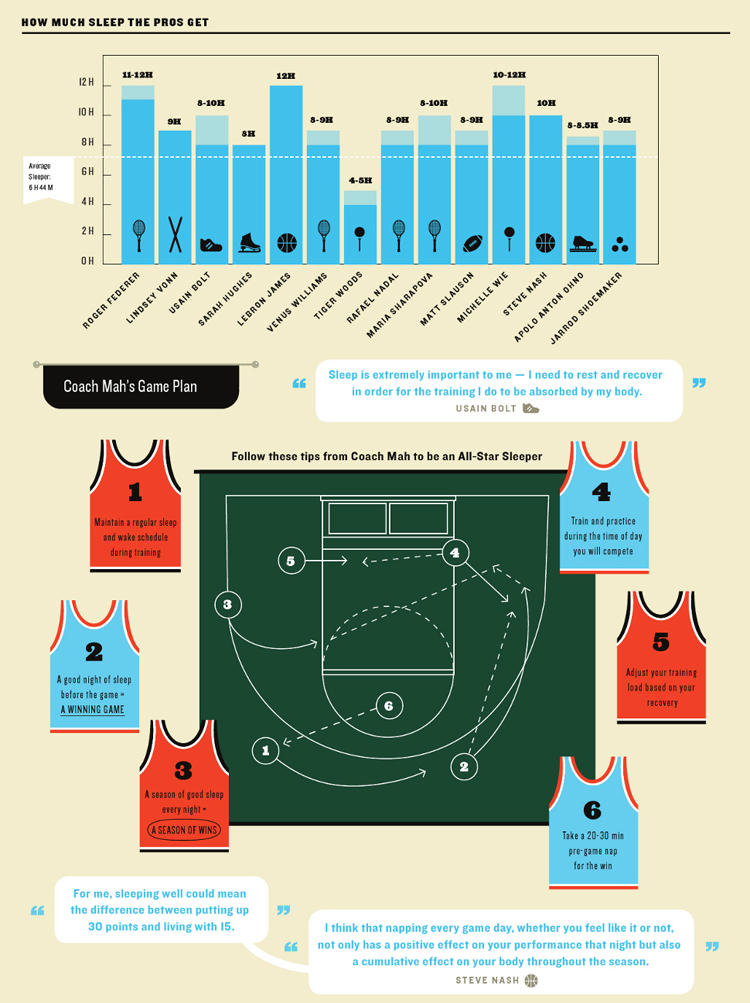I had the chance to meet and hear Yves Behar speak at Google the other day. It was an amazing experience and I loved hearing the insights he has on design and it's impact on the modern world.
A quick background on Behar if you're not familiar:
- Founder. Fuse Project. Design based firm in SF and NY.
- Chief Creative Office. Jawbone.
- Chief Industrial Designer. One Laptop per Child.
- Industrial Design Dept Head. California College of the Arts (CCA).
- Time's Top 25 Visionaries.
- Fast Company's Master of Design.
- Conde Naste's Designer of the Year.
The main tenant I got from his talk was that design is a function of its utility. Things shouldn't be crafted simply for design's sake, but should be rooted in their ability to serve a purpose. He noted that good designs can actually be ugly as long as it does its job well (i.e. a paper clip).
He also shared his 6 principles of design (when forced to answer in comparison with the 10 principles of Dieter Rams):
- Design is how you treat your customer.
- Design must be integrated throughout an organization.
- Design cannot be a short term fix, but instead a long term engagement.
- Design must be drive from the top.
- The solution to a problem should be different every time.
- Never ask customers what they want, find out their aspirations (e.g. Henry Ford. Model T. Faster Horses.)
For reference, here are Dieter Rams 10 principles of design:
- Is innovative - The possibilities for innovation are not, by any means, exhausted. Technological development is always offering new opportunities for innovative design. But innovative design always develops in tandem with innovative technology, and can never be an end in itself.
- Makes a product useful - A product is bought to be used. It has to satisfy certain criteria, not only functional, but also psychological and aesthetic. Good design emphasizes the usefulness of a product whilst disregarding anything that could possibly detract from it.
- Is aesthetic - The aesthetic quality of a product is integral to its usefulness because products are used every day and have an effect on people and their well-being. Only well-executed objects can be beautiful.
- Makes a product understandable - It clarifies the product’s structure. Better still, it can make the product clearly express its function by making use of the user's intuition. At best, it is self-explanatory.
- Is unobtrusive - Products fulfilling a purpose are like tools. They are neither decorative objects nor works of art. Their design should therefore be both neutral and restrained, to leave room for the user's self-expression.
- Is honest - It does not make a product more innovative, powerful or valuable than it really is. It does not attempt to manipulate the consumer with promises that cannot be kept.
- Is long-lasting - It avoids being fashionable and therefore never appears antiquated. Unlike fashionable design, it lasts many years – even in today's throwaway society.
- Is thorough down to the last detail - Nothing must be arbitrary or left to chance. Care and accuracy in the design process show respect towards the consumer.
- Is environmentally friendly - Design makes an important contribution to the preservation of the environment. It conserves resources and minimizes physical and visual pollution throughout the lifecycle of the product.
- Is as little design as possible - Less, but better – because it concentrates on the essential aspects, and the products are not burdened with non-essentials. Back to purity, back to simplicity.
Clearly Behar's principles are centered around a more business-like nature. This is a good thing however, since modern day society now places a higher value on design. People like Behar are needed for organizations to understand how to incorporate design into their core value. As Behar stated, thanks to Apple and Steve Jobs, companies now "understand the ROI of design". While Rams, a design icon, was designing for Braun during the Cold War, design in society was seen as a "nice-to-have" as opposed to helping the bottom line, and its departments were often the first to get cut when profits shrank. Thanks to Apple proving the monetary value of design, Behar is able to address design and its applications to a modern day busines.
The one thing that is mirrored throughout both principles, is the notion that design and utility go hand in hand. Products have a function, and design should not detract from that.
Aaron.






